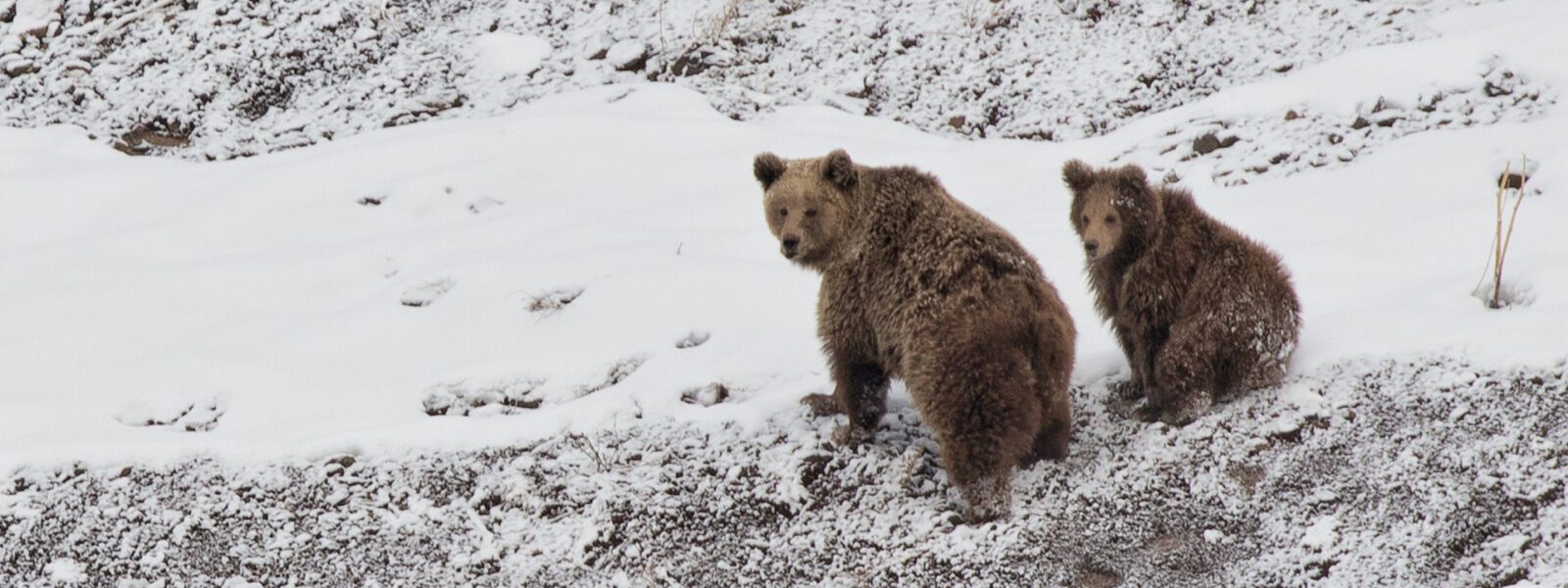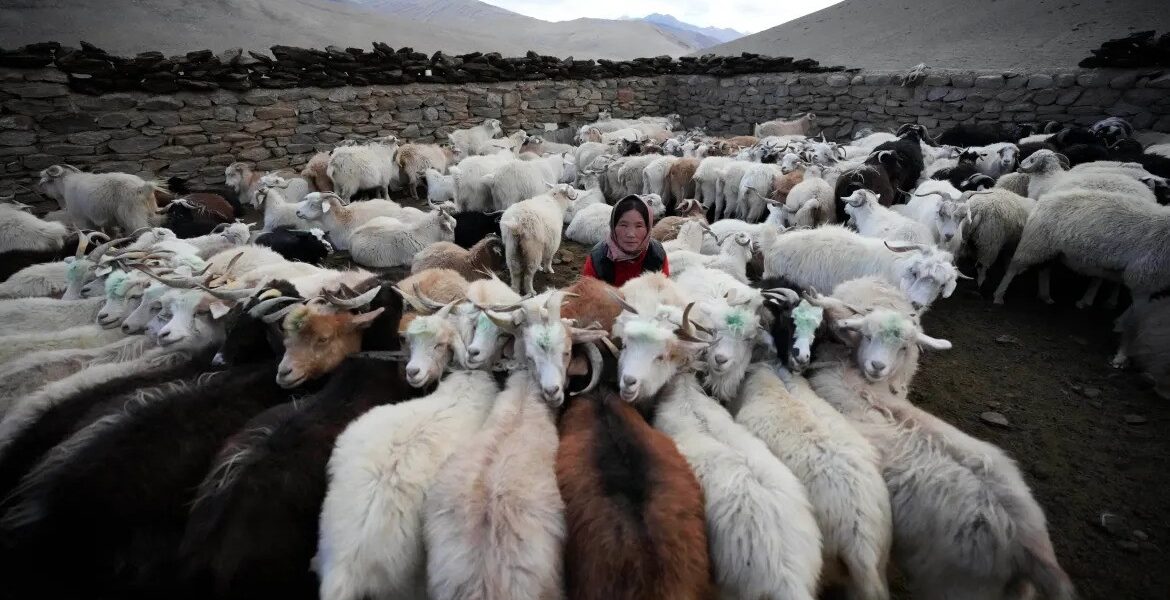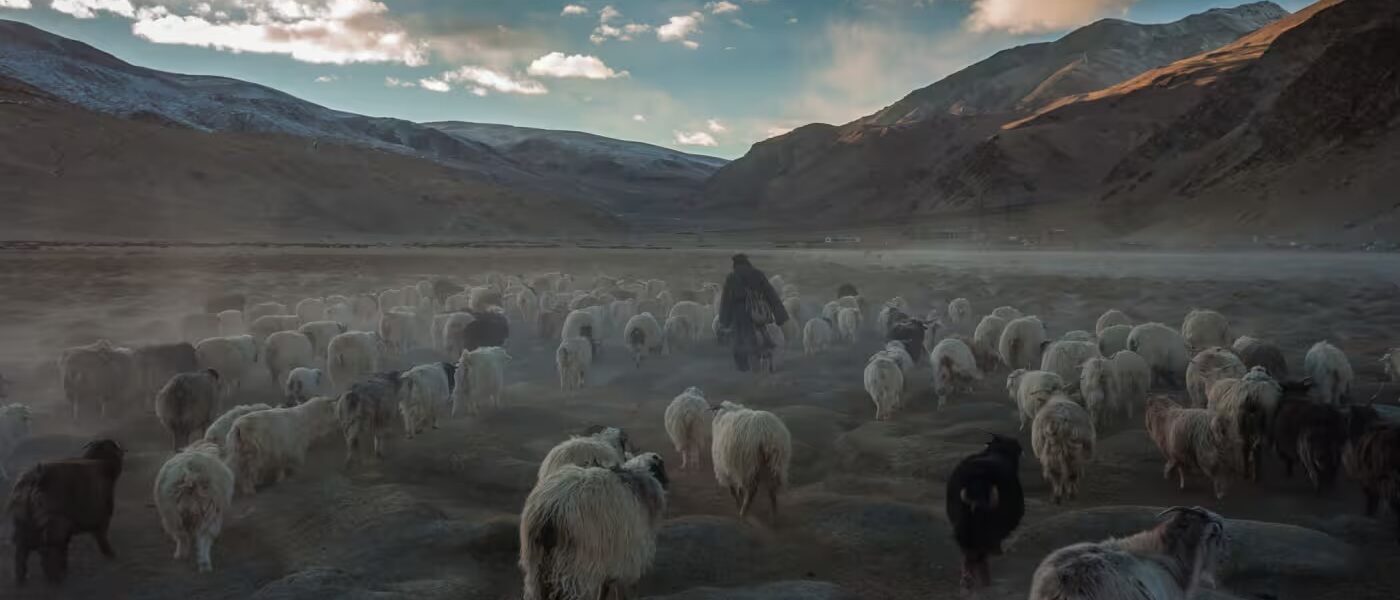The Himalayan Brown Bear (Ursus arctos isabellinus), also known as the Himalayan Red Bear or Isabelline Bear, is a majestic creature native to the rugged terrains of the western Himalayas. Revered for its striking reddish-brown coat and formidable presence, this bear represents a crucial part of the region’s biodiversity. Despite its significance, the Himalayan Brown Bear faces numerous threats, leading to its endangered status.
This blog provides an exhaustive insight into the life, habitat, and conservation of the Himalayan Brown Bear while offering interesting tidbits about its association with local folklore, including the Yeti legend.
Table of Contents
- Introduction to the Himalayan Brown Bear
- Physical Characteristics
- Distribution and Habitat
- Diet and Feeding Habits
- Behavior and Social Structure
- Reproductive Cycle
- Tracks, Signs, and Identification
- Phylogenetics and Evolution
- Threats to Survival
- Conservation Efforts
- The Brown Bear and the Yeti Myth
- Customer Testimonials
- FAQs
Introduction to the Himalayan Brown Bear
The Himalayan Brown Bear is the largest mammal in the Himalayan region. Males can grow up to 7 feet long and weigh between 130 and 550 kg, depending on their habitat and diet. Known for its striking reddish-brown or sandy coat, this bear is a subspecies of the Brown Bear and has evolved distinct characteristics suited to the harsh alpine environment.
With its endangered status and a home range spanning from Ladakh in India to parts of Nepal, the Himalayan Brown Bear is a fascinating species worth understanding and protecting.
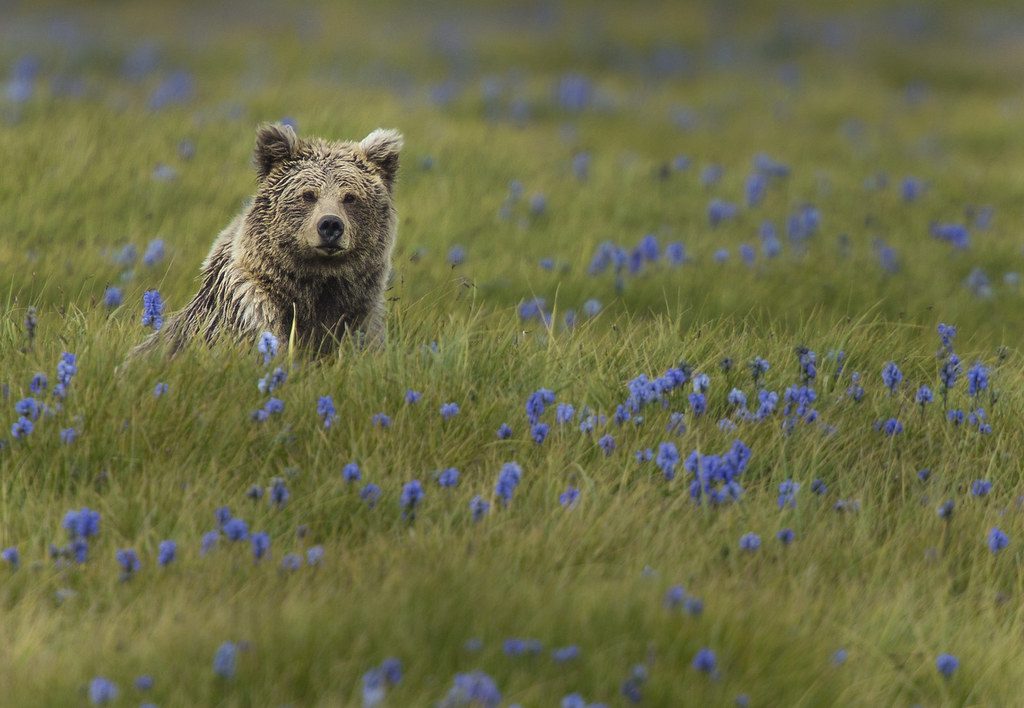
Physical Characteristics
| Feature | Description |
|---|---|
| Scientific Name | Ursus arctos isabellinus |
| IUCN Status | Endangered |
| Weight | Male: 130–550 kg, Female: 80–250 kg |
| Length | Male: 1.5–2.8 m, Female: 1.37–1.83 m |
| Coat Color | Reddish-brown to sandy |
| Distinctive Features | Hump on shoulders, cream-colored neck marking, long claws |
Their non-retractable claws and muscular build make them excellent diggers and climbers. A notable feature of this species is the prominent hump on its shoulders, a result of powerful muscles used for digging.
Distribution and Habitat
The Himalayan Brown Bear is primarily found in:
- Ladakh, India: Concentrated in Kargil and areas bordering Leh.
- Western Himalayas: Stretching through Jammu & Kashmir, Himachal Pradesh, and Uttarakhand in India to Nepal.
Habitat Preferences
They inhabit alpine meadows and scrublands above the treeline at elevations ranging from 3,000 to 5,000 meters. These bears are terrestrial, roaming rolling uplands and meadows in search of food.
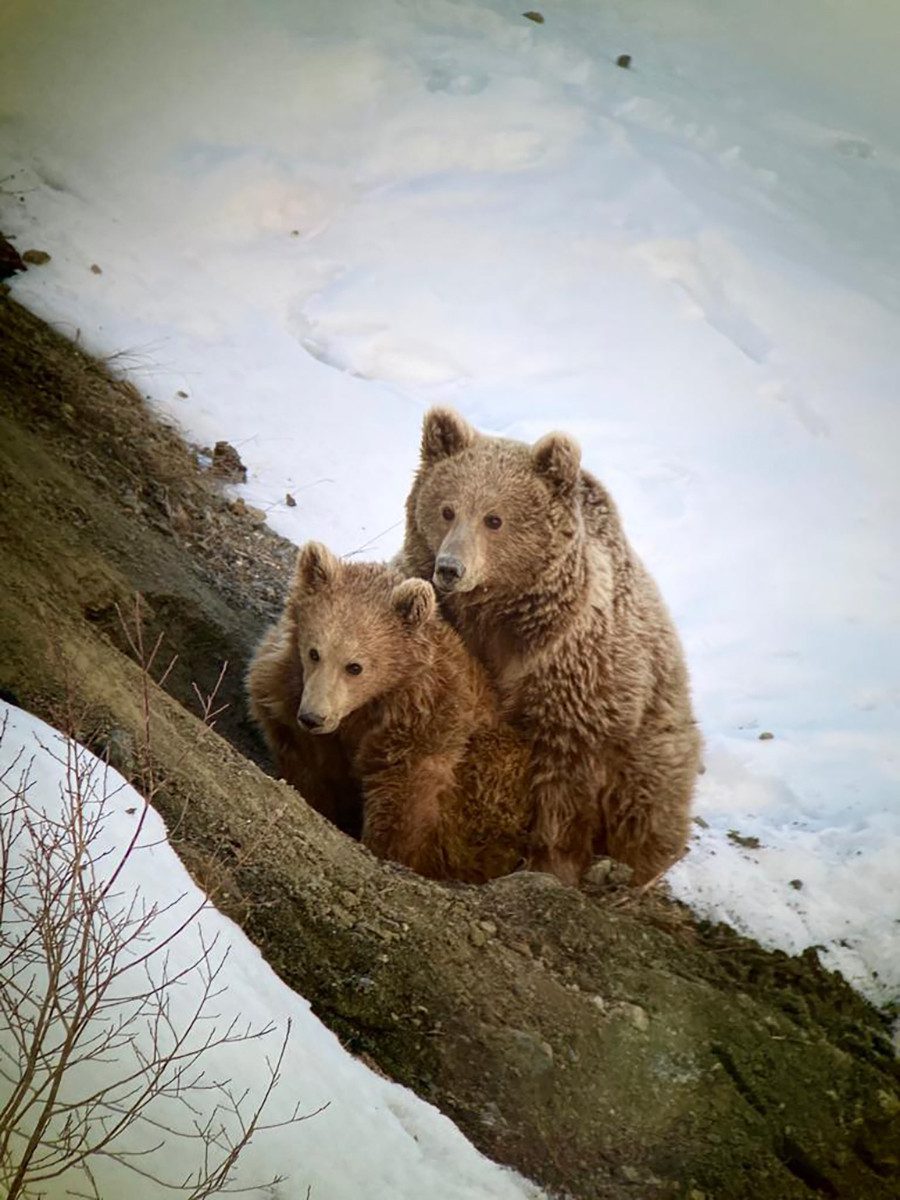
Diet and Feeding Habits
The Himalayan Brown Bear is omnivorous, with a diet that is approximately 70% plant-based.
Common Diet Includes:
- Vegetation: Roots, grasses, and tubers.
- Small Mammals: Rodents, insects, and livestock.
- Fruits and Berries: Consumed during foraging seasons.
- Large Mammals: Opportunistic predation on sheep and goats.
The bears are highly adaptable eaters, consuming whatever is seasonally available.
Behavior and Social Structure
Typically solitary, Himalayan Brown Bears are most active during the morning and late afternoon.
Hibernation
- Occurs in dens or caves from October to April.
- Essential for survival during harsh winters.
Mothers with cubs are exceptions to their solitary nature and may congregate in resource-rich areas.
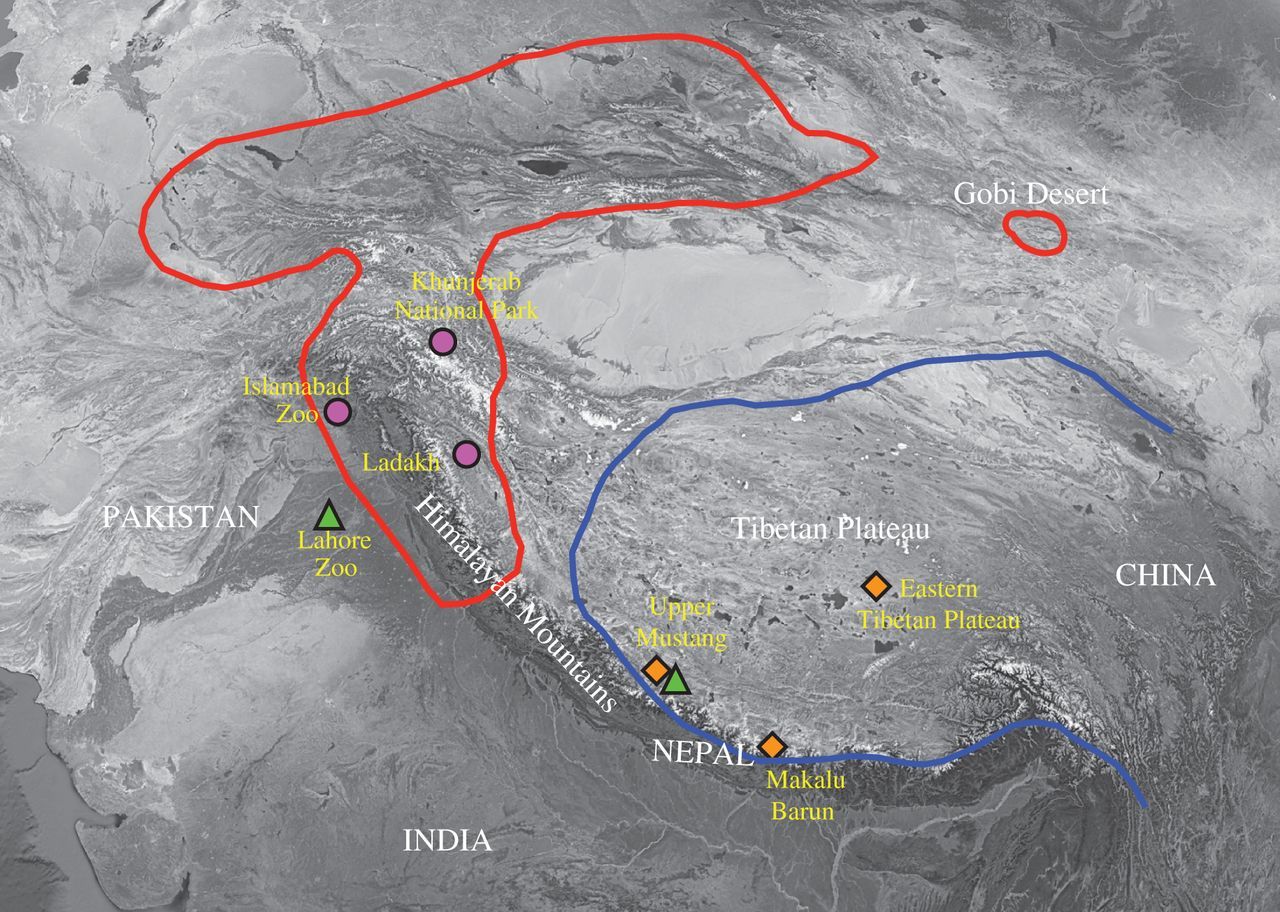
Reproductive Cycle
Mating season occurs in May to June, with cubs staying with their mothers for up to 3.5 years.
| Reproductive Details | Information |
|---|---|
| Mating Season | May–June |
| Sexual Maturity (Males) | 4–7 years |
| Cubs with Mother | Up to 3.5 years |
| Litter Size | Usually 1–3 cubs |
Tracks, Signs, and Identification
Identifying a Himalayan Brown Bear is possible through direct sightings and indirect signs such as tracks, scat, and digging.
Unique Track Features
- Hind Limbs: Human-like paw with five toes and claw marks.
- Forelimbs: Broad with claw impressions.
Scat Identification
- Tubular, fibrous, and 10–15 inches long with a diameter of 2–2.5 inches.
- Scat color ranges from black to greenish-brown.
Phylogenetics and Evolution
Genetic studies indicate that the Himalayan Brown Bear is a sister group to all other brown bears and polar bears, diverging approximately 658,000 years ago. This divergence coincides with the glaciation events on the Tibetan Plateau, which likely led to the bear’s evolutionary isolation.
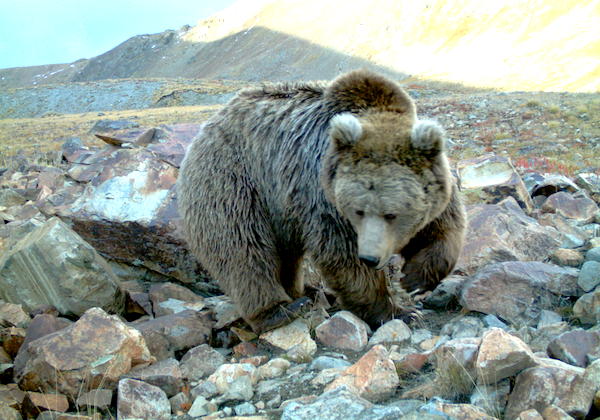
Threats to Survival
Key Threats
- Poaching: Fur, claws, and organs are prized in traditional medicine and as ornaments.
- Human-Wildlife Conflict: Bears are killed by shepherds to protect livestock.
- Habitat Loss: Commercial logging, especially of the buransh tree, diminishes their habitat.
Conservation Efforts
Several measures are being taken to protect this endangered species:
- Wildlife Sanctuaries: Kugti and Tundah in Himachal Pradesh.
- Community Awareness Programs: Educating locals on sustainable coexistence.
- Anti-Poaching Laws: Enforcing penalties under WLPA (1972).
The Brown Bear and the Yeti Myth
The Himalayan Brown Bear has long been linked to the Yeti legend, with its tracks and physical features often mistaken for the mythical “Abominable Snowman.”
In 2017, DNA analysis of a supposed Yeti sample revealed it belonged to a Himalayan Brown Bear, adding a scientific twist to the folklore.
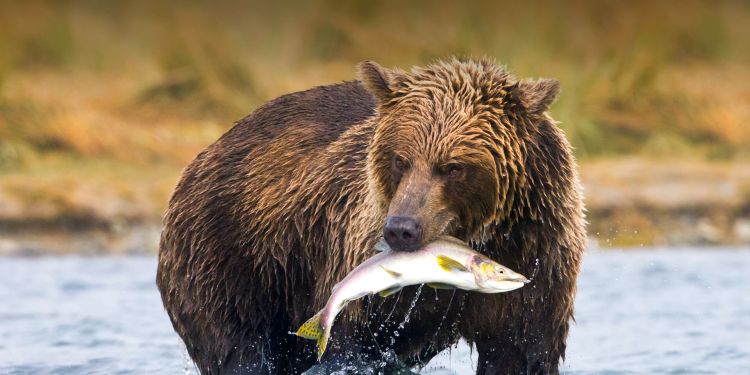
Customer Testimonials
“Encountering the Himalayan Brown Bear during my trek in Ladakh was breathtaking. These majestic creatures are a testament to nature’s beauty and resilience.”
– Sarah Thompson, Wildlife Photographer, USA
“The efforts being made to conserve the Himalayan Brown Bear are commendable. Visiting Himachal Pradesh’s sanctuaries gave me a deep appreciation for this endangered species.”
– David Patel, Environmentalist, UK
FAQs
- Why is the Himalayan Brown Bear endangered?
Habitat loss, poaching, and human-wildlife conflicts contribute to its endangered status. - Where can I see the Himalayan Brown Bear in the wild?
In India, the best places include Ladakh and wildlife sanctuaries in Himachal Pradesh. - How do Himalayan Brown Bears adapt to their environment?
They hibernate during winter and are excellent climbers and diggers to forage in alpine terrains. - What is unique about their tracks?
Their hind paw tracks resemble human footprints but with distinct claw marks. - Are they related to polar bears?
Yes, phylogenetic studies show a shared ancestry with polar bears and other brown bears.

